Dr Amar Singh and the "New Autism"
 nstonline
nstonlineMy friend, Dr Amar Singh has stirred up a hornet's nest of controversies in this article in New Straits Time especially among people who are working "classical autistic" children or have one.
Before you start throwing stones, please note the following:
(1) This is not a scientific paper based on evidence-based medicine. This is a reflection by a concerned paediatrician on the state of parenting in a segment of population of Malaysian society at this moment,
(2) You must understand the genre of the article. Dr Amar is using a metaphor to bring across his message. In actual fact, he is not writing about autism at all but parenting.
(3) This is a call for many of us busy people with young children to re-examine our priorities in child-rearing. Your child do not ask to be born. Parents make the decisions to have children. Therefore parents must also be ready to bear the responsibility to take care of their children, especially in their formative years.
I laud Dr Amar Singh's concern and courage to speak out about the sorry state of parenting in our society today especially in the well educated affluence middle class. Read on...
Community: Emergence of the 'new autism' epidemic
By Dr Amar Singh
2008/04/26
DR AMAR SINGH, a consultant community paediatrician who has treated a few hundred autistic children in the last 20 years, believes there is a new autism epidemic sweeping across Malaysia. IN the past 20 years, most countries - developed or developing - have seen an explosion in autism cases.
Many of us who were quoting rates of three to four cases in every 10,000 children, have had to revise them to one case in every 1,000.
The figure went up further in recent years to become one in every 100 children.
This increase, as most of us in the medical fraternity have recognised, is not merely due to an increase in the recognition of the condition, or an increase in diagnostic ability to identify children who may have a milder variety of the autistic spectrum disorder.
Rather, it's due to an actual increase in the rate of the condition.
In addition to the vast increase in numbers, the "face" of autism has also been changing, especially in the past 10-15 years.
More than 20 years ago, we saw cases of what we term "classical autism". For purposes of comparison, I refer to this as the "Old Fashioned Rain-Man-Dustin-Hoffman Autism" - a description that many parents can easily identify with, which is the more severe autism.
The clinical features are present early, even before the first year of life, but the child may only be seen by a healthcare professional around the ages of 2 to 4 - about the time when parents realise something is wrong.
The prognosis for long-term rehabilitation is usually not good for children diagnosed with the more severe forms of the condition.
But the "new autism" that has surfaced in the last decade or so has a different presentation and evolution compared to the "classical" one.
Some of the key epidemiological and socio-demographic features of the "new autism" are:
- Parents are predominantly from the upper or upper-middle class;
- Parents are often busy professionals;
- The child is often left with a baby-sitter and only picked up in the evenings or during weekends; and,
- Some have shown elements of emotional or social deprivation.
Among the cases of the "new autism", it is Chinese children who predominate, despite having no problems with access to facilities and necessities when compared with other ethnic groups or poorer sectors of society.
Their parents are often busy professionals and usually leave their child in some form of child care.
At times there is the "triangular family" - my phrase for a dad working overseas, while the mum works in another city and the child is left in the care of a grandparent.
Their parents tend to be those who focus on "quality time", rather than "quantity time".
These parents also tend to be those who come from an earlier generation of parents who did not put much emphasis on playing with, reading to or spending time with the children.
The child-minder or grandparent is usually the one looking after the child's physical needs, but this doesn't mean the child's emotional, intellectual or spiritual needs are met.
Culturally, some of these "new autism" children's parents tend to value health and wealth more than emotional well-being and, in some cases, have not been brought up to show affection in a visible manner.
Symptom of a de-compensating society
Reflecting on this growing problem with other professionals and parents, it is my view that this condition has varied origins, although the clinical symptoms are similar.
One possible reason is damage by external stressors on the child, either during the time in the womb or in the child's early days after birth.
The Sept 11 attacks, fears of an uncertain future, increasing struggles at work, fatigue - a pregnant mother can communicate these, albeit unintentionally, to the child in her womb or her newborn baby.
The child subconsciously (in the "spirit") perceives the world as a bad place to be and "withdraws from society". Hence, we can say these children are a symptom of a de-compensating society that has increasing fears and uncertainties.
In this sense, children are perhaps the most sensitive indicator of a society's well being.
Another possible reason for the onset of the "new autism" is that a child who has a minor developmental problem, either in speech or learning, is made worse because they are deprived emotionally, perhaps by parents busy trying to make a future for their children and struggling for time in the current competitive world.
They can also be deprived socially to some degree because family units have grown smaller as most parents opt to have only one or two children.
Coupled with a decrease in neighbourhood social interaction and the increased use of personalised child care, the child's socialising is limited.
However, the hypotheses suggested here will not be true of every child or parent. Neither are they true of "classical autism".
They are merely offered for reflection while we search hard for an environmental toxin or whatever organic cause for the explosion of autism that we see in our young today. They are also expressed here with a view to identify prevention or severity reduction strategies.
More common in boys
There are far more boys being born with this "new autism" than girls. A child with the "new autism" disorder is often the only child or the only other child to the parents.
The child usually has a fairly normal development for the first 12 months, including the social relationship with parents.
He or she may even have developed some spoken words with meaning between 12 and 18 months but, later, there occurs a sudden "loss" of recently acquired communication abilities.
There is usually significant social impairment as well. The childhood has been rather restricted in terms of social interaction, especially with other children and at times even with adults.
An extreme example is a child who spends almost all his time with his grandmother watching TV serials and seldom leaves the house or meets other children.
There is no neurological abnormality in the vast majority of these children. Many are clinically bright children.
With speech and language therapy, adequate socialisation with children in a normal nursery, and greater interest and involvement by parents, the child can do very well and often shows significant improvements.
Many are able to enter normal mainstream education although they still require some support and understanding from the teacher.
Suggestions to prevent "new autism"
Parents need to be made aware of the importance of the child's spiritual and emotional needs, as early as from the womb.
Much time and energy is spent on ensuring the physical health of the child but little on the fact that the child is listening and responding to our state of mind and emotion.
This does not just place the burden of responsibility on mothers but fathers and society as well.
We need to re-discover our own hope, emotional and spiritual well being, for us to be able to communicate it truly to our children.
Parents need to be educated on the importance of spending "quantity time" with children and be responsive and relational in play. This may require an adjustment in work or expectations for financial wealth - a voluntary "downsizing".
Child minders also require formal instruction on the value of play and social interaction in the up bringing of a child.
There is a need to institute a formal developmental screen at the age of 2 to identify those with features of autism.
This is already in place in many developed countries and the Ministry of Health is also planning to put in place this formal development screening in Malaysia.
This article is not meant to be a scientific discussion, but rather a personal reflection. Despite that, it is hoped that the reflections and observations, made over a period of more than 20 years in hundreds of children with autism, may be of benefit to children and parents.
Perhaps the truth about the "New Autism" can be best illustrated by quoting the secret that Fox told the Little Prince (in the book The Little Prince by Antoine de Saint-Exupery):
"It is only with the heart that one can see rightly; what is essential is invisible to the eye."
Love is the key in preventing and healing our children with autism.
Suggestions to Prevent or Reduce the Severity of the ‘New Autism’
• Educate parents on importance of in-utero child’s spiritual and emotional needs
• Educate parents on the need to spend time with their children
• Child minders require instruction on the value of play
• Need for formal developmental screening at 18 months to 2 years to identify autism
Dr Amar Singh is head of the Paediatric Department at Ipoh Hospital and is actively involved in providing and developing services for children with disabilities and their parents.
--------------------------------------------------------------------------------
© Copyright 2008 The New Straits Times Press (M) Berhad. All rights reserved.




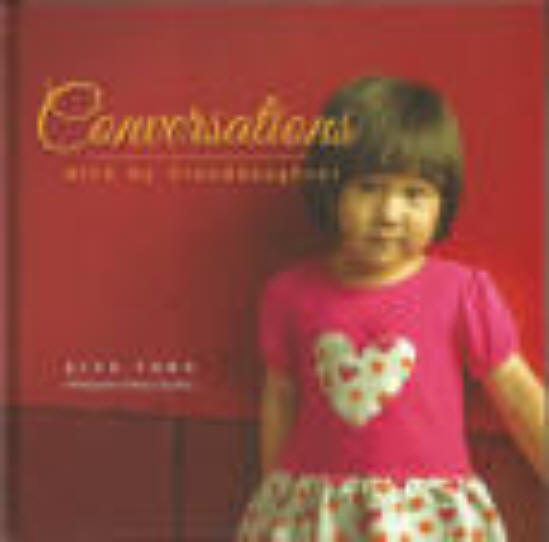
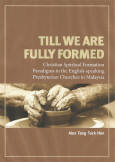
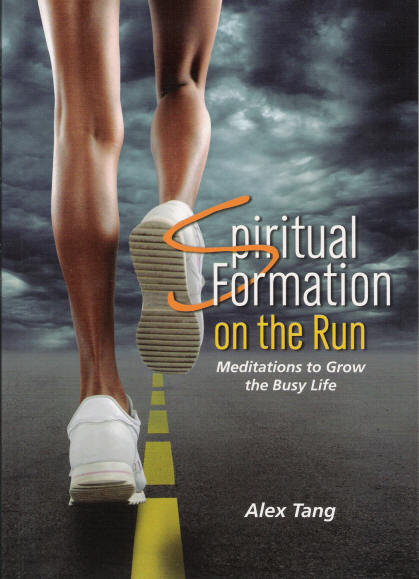
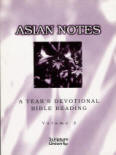
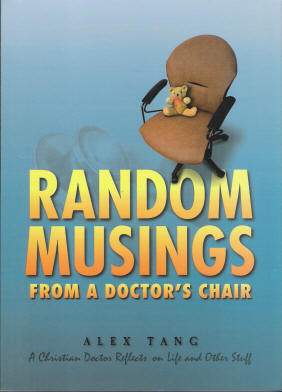
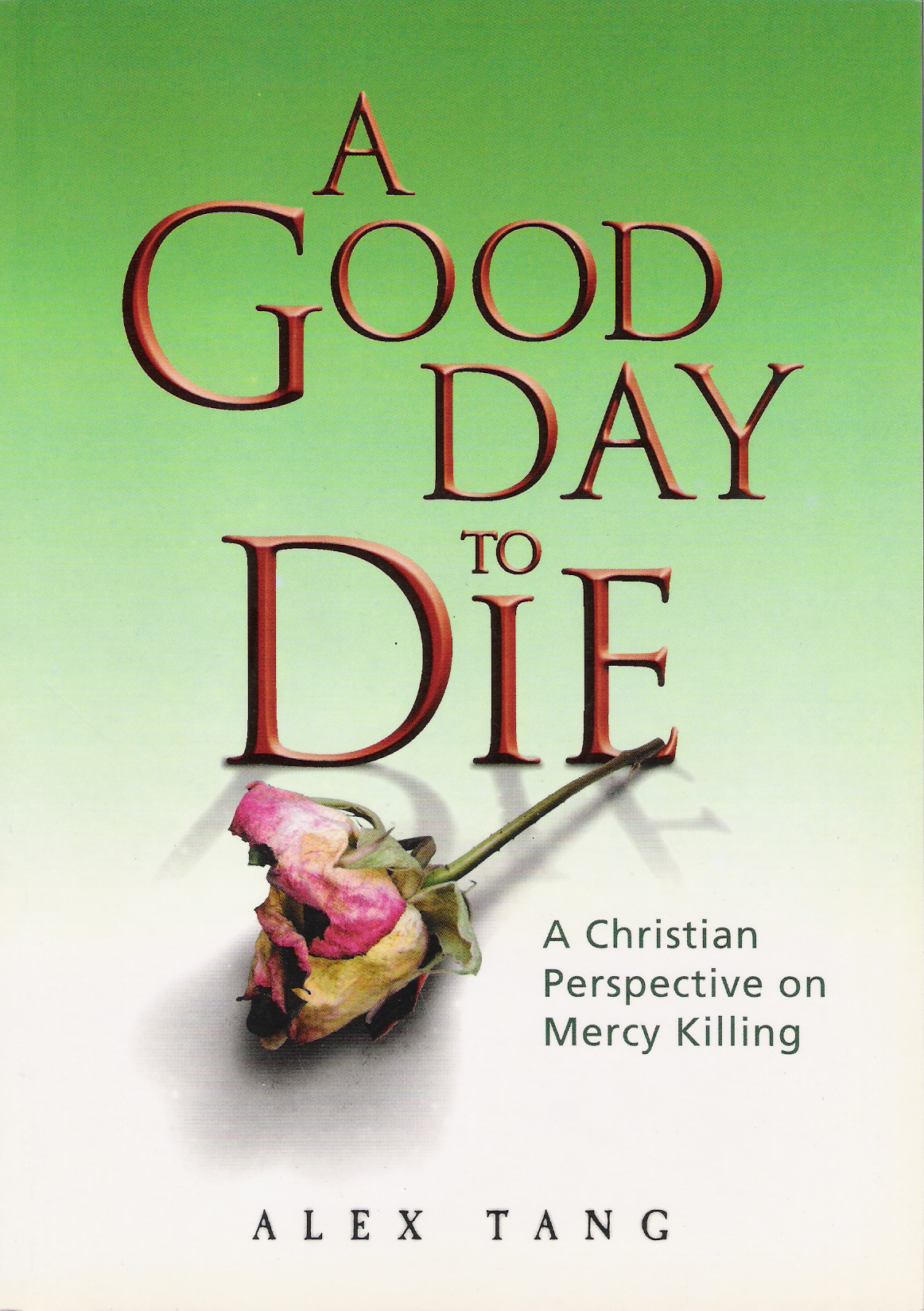
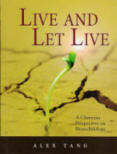

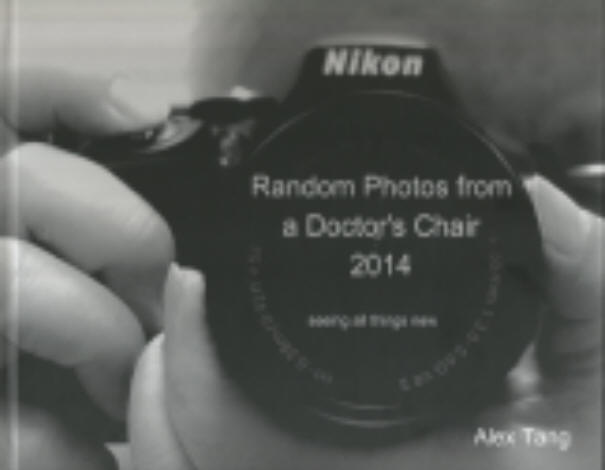
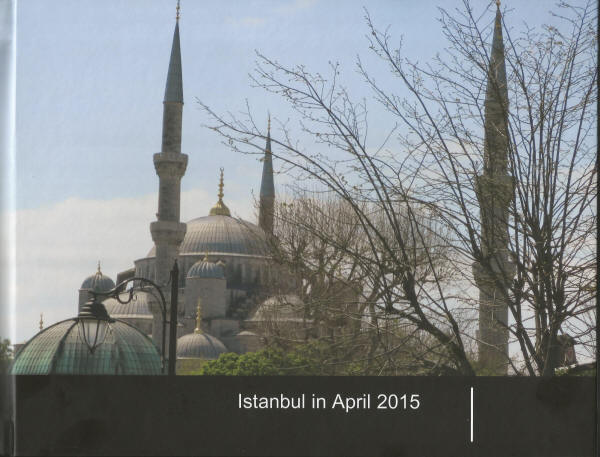

5 Comments:
Good Morning Dr!
I came across your post when doing a random search on articles on `new autism epidemic sweeping across Malaysia'. Yes it's the article written by Dr Amar Singh. I can see your point of view but using a metaphor to express one's view about parenting is not correct. I viewed the article as inaccurate. Using the label `new autism' is misleading and I don't see any relation to the actual message. I think the recent reply
from a therapist says it all of
what the public perceives and esp.
for parents with Autistic children.
Hi Anon,
I agree with you that Dr Amar Singh should not have used the term "new autism" to prove his point. It does give a false impression and in the end it backfired upon him.
I believe you are referring to a letter to the editor in response to Dr Amar's article. Though I agree with the general sentiment of the letter, I beg to differ from the therapist's view of the cause of autism
The main cause of autism is cellular and brain damage due to heavy-metal poisoning from the environment, and primarily via thimerosal (mercury) and other neurotoxic additives used as preservatives in vaccines given to young children. You can read the scientific research at http://generationrescue.org/studies.html.
The cause of autism is still not known and everybody from parents to doctors to therapists have their anecdotal causes of autism. There is yet no evidence-based research that can conclusively identify the cause of autism. The website mentioned by the therapist is but one of the thousands of websites on autism. The research presented in that website is an argument from silence which may not be a valid way of analysing research data.
We need to pay more attention to parenting, epesically of young children!
I met Dr. Amar and his wife a couple of times many years ago (ealry 1990s) and I was very impressed with their deep and sincere dedication to the cause of children. Even then I could see he was not one to happily maintain the status quo. And over the years, every now and then I would see a letter of his published (letters to the editor)on some issue related to children's needs.
Despite the valid criticisms of the possible misunderstandings he has creatyed, I do not think that Dr. Amar means to be insensitive or hurtful to anyone who has children suffering from autism.
Doc, thanks for highlighting the article. I don't look at Dr.Amar article from the scientific point of view (i not am not qualified anyway..:)). But I do find his advise timely. We are constantly being reminded that it's quality that matters, not quantity. Some parents do take that as gospel truth and (conveniently) go to the extreme in proving that statement.
By the way doc, is it true, and can it be proven that autistic child has damaged brain cells?
hi kaki.ayam,
I agree with you about the myth of 'quality' time in parenting.
No, there is absolutely no evidence whatsoever that autistic children have damaged brain cells.
Post a Comment
<< Home